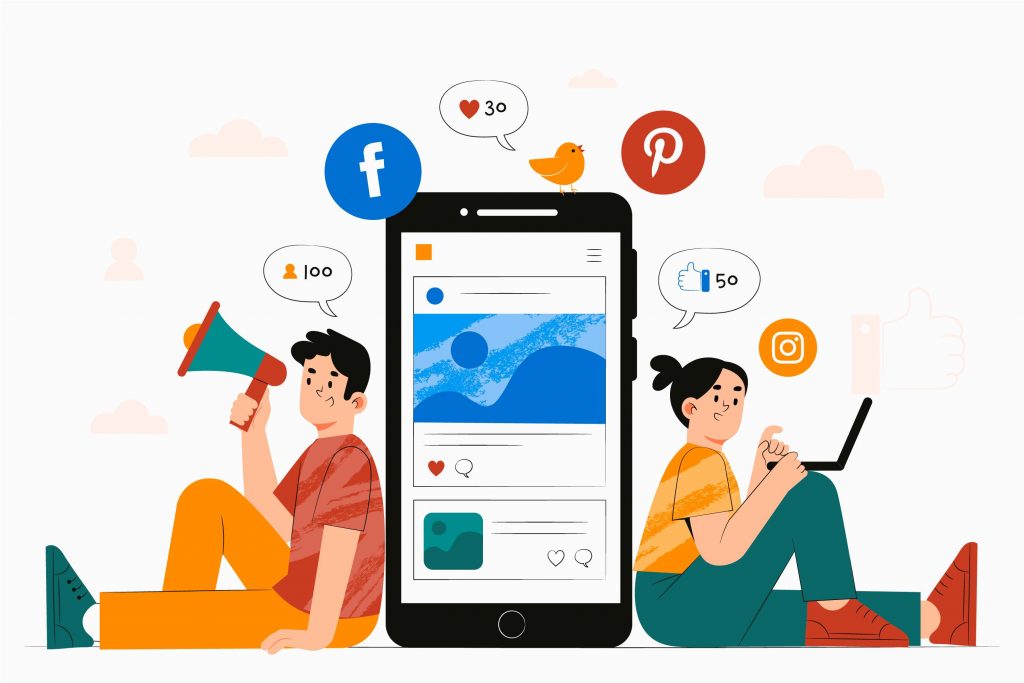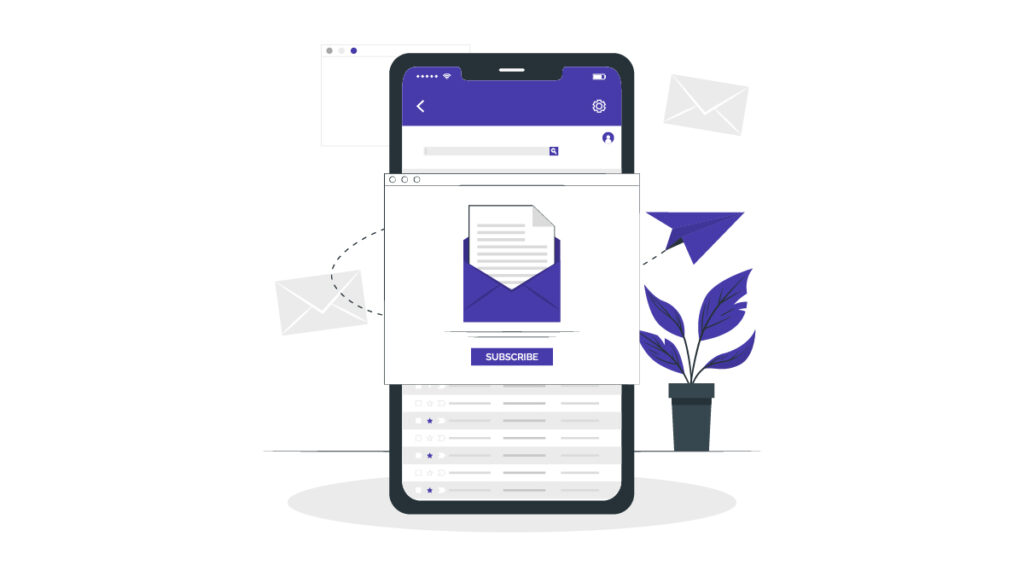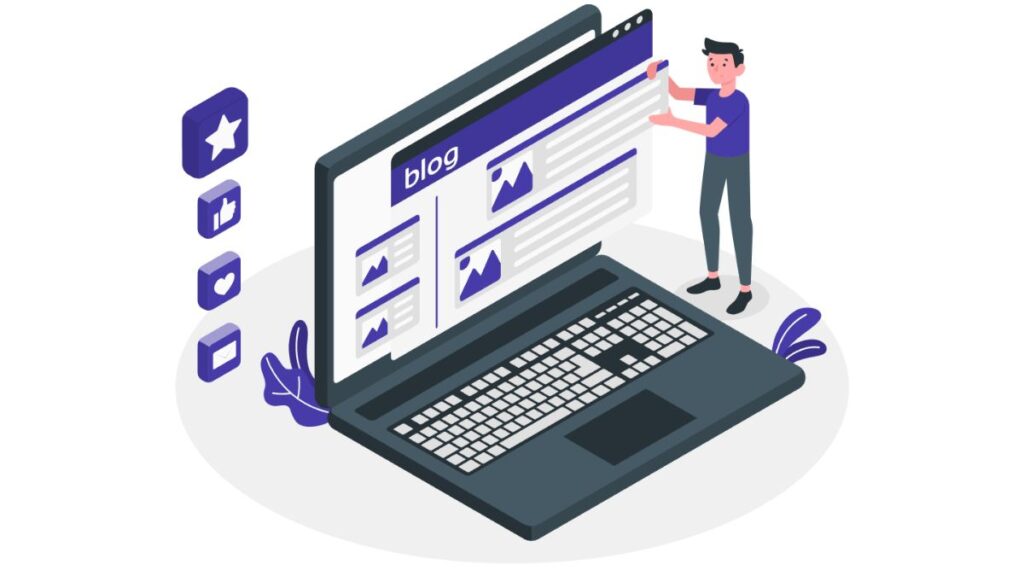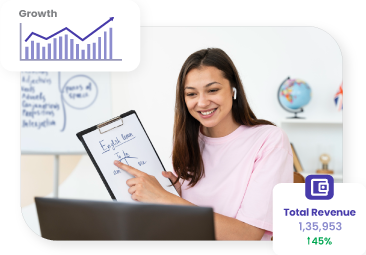In the fast-paced world of digital marketing, it’s essential to focus on strategies that yield long-term results. While news and trending topics may generate temporary traffic spikes, investing in evergreen content and proven techniques ensures a steady stream of visitors over time. In this blog, we’ll explore 11 powerful methods that transcend trends and captivate your audience, propelling your website’s traffic to new heights.
Concentrate on topics that are timeless.
While news and trending topics can increase traffic temporarily, they are not worth the time and effort. Create content around topics that your audience will always be interested in. These evergreen posts will gain traffic and links over time, especially if they are refreshed on a regular basis (more on that later).
Organic Social Media

Organic social media is not a new tactic, but it is one that marketers should be aware of. You can use Instagram Stories (hello, swipe up feature! ), live video, IGTV, or Facebook Messenger in addition to posting on social media platforms. Being an early adopter of new features is critical in organic social media.
For example, Facebook Messenger now has an automated lead generation feature that allows businesses to create an automated chatbot experience within Messenger that links to the content offered on your site. This is an excellent tool for driving traffic to your website.
It is also critical to have a diverse social media strategy and to use the appropriate social media platforms, rather than just Facebook, Instagram, and Twitter. Platforms such as YouTube and Pinterest can generate a lot of traffic.
Run Paid Social Media Advertising Campaigns

You must be able to get your business in front of your ideal customers if you want to increase website traffic for your online store. You can create highly targeted campaigns with paid social media ads that serve tailored ads to customers who are most likely to click through and purchase your products.
If you’re considering running paid social media ads, here are some platforms to consider:
Facebook Ads
With 1.65 billion monthly users, Facebook is the world’s largest social media platform, and it’s full of opportunities for you to reach out to new customers and drive them to your online store. You can target users based on their interests, behavior, location, and more using Facebook’s robust advertising platform.
You can even serve automatically-generated ads to customers who have previously visited your website, featuring the products that they have already looked at or added to their carts, using Facebook Dynamic Ads. These effective ads can assist you in bringing users back to your website, allowing you to make the most of the traffic you already have.
Make Twitter threads.
Threads receive a lot of attention on Twitter, as a matter of fact. Social media is on the boom not only is today’s generation on there but also the older generation is catching up. The new era of social media is spreading like wildfire and has taken everything by storm, well what other platform can be better to promote your website?
A guest blog post
Having an industry influencer write a blog post for your site or turning an interview with them into a blog post can help drive traffic both organically and through the influencer’s audience (see the backlinks section above). This can also help to diversify your content and show your visitors that you are involved in your field.
You could also ask the influencer to include your company in their own review or round-up post. This method is still free, but it requires collaboration with the influencer to be a mutually beneficial exchange.
You can also contribute as a guest blogger. Determine complementary businesses in your area with a relevant audience.
Building an Email List

Using your current readers and customers to drive traffic to your website is a great way to start. When you publish a new blog or content offer, you can quickly increase traffic by promoting it to your followers/subscribers. Repeat readership is beneficial for traffic goals, conversions, and lead generation on content-heavy websites.
Create an email list or expand your current list to get started. Here are some strategies to consider:
Offer content that requires visitors to share their email addresses in order to access it. On your website, include CTAs for content offers.
Sign-up forms for newsletters should be easily accessible on your website, from the homepage to the About page. If a visitor enjoyed their visit to your website, they may wish to subscribe to your newsletter.
To start growing your email list, you can also use Exly’s tools to easily add a form to your site.
Social media: Whether through a post or a contest/giveaway, promoting your email newsletter on social media is a great way to convert your current followers into subscribers.
Repurposing Content
Need content to drive traffic to your website but can’t think of anything? I understand. Repurposing old content is an excellent way to overcome this barrier. Take a successful blog post and turn it into a video. Alternatively, if you have a popular podcast, write a blog post about it. Using previously successful content will continue to drive traffic to your site.
SEO Tools

To drive traffic to your website, you must be an SEO student. Learning SEO tools such as Google Analytics, Ahrefs, and SEMrush will assist you in developing a traffic generation strategy for your website.
These tools will assist you in learning and analyzing what is and isn’t working on your site. Furthermore, these assist you in coming up with content ideas that have the potential to generate a lot of traffic. Check out our roundup of the best SEO tools for website monitoring.
SEO for local businesses
If you own a physical store, local SEO is an important factor to consider. Kelsey Smith, one of my colleagues, wrote about it on this blog. “In order to provide the most relevant local results to the user, search engines rely on signals such as local content, social profile pages, links, and citations,” she says.
When someone searches for “best soul food restaurant” on Google, the results are determined by the user’s location. Tools like Google My Business and Moz Local assist businesses in managing their directory listings and citations in order to appear in local searches. Here’s a restaurant in Memphis, TN that comes up in that search.
QR Codes
I’d bet my bottom dollar that the QR code bridges the gap between technology and the real world better than any other tool. This intriguing pixel image can drive traffic to your website from virtually any flat surface. They’re also popular with marketers because they drive traffic — trackable traffic — and aren’t just for restaurants trying to stay open during the Covid-19 pandemic.
The main issue with QR codes is that you must give the user a reason to scan them, so they cannot be placed haphazardly. That shouldn’t be too difficult; imagine it as making a real-life CTA button. People will scan it if you make it appealing and accessible enough.
to evaluate the success of that QR code’s placement in real-time. If you use a dynamic QR code generator, your QR code will remain unchanged and accessible even if your web address changes later. In a digital-only traffic campaign, that would take weeks to figure out.
Internal Connectivity
When someone visits your blog, you want them to continue reading on other pages of your website. That is why internal links — links to other pages on your website — are essential. Visitors who navigate to other pages of your website are more likely to convert and become brand advocates.
Using the pillar/cluster model, for example, you can create an internal linking structure. Pillar and cluster pages link back and forth, increasing your site’s credibility in search engines and the likelihood of a conversion.
SEO for technical purposes
Technical SEO looks at the backend of your website to see how the pages are set up and organized technically. Elements such as page speed, crawling, indexing, and others are examples of factors. Matthew Howells-Barby has written about technical SEO on this blog.
He says in it, “Don’t undervalue the importance of technical SEO changes. [Technical SEO] increased our organic traffic by more than 50% in just one month.”
Use some of the tips from Howells-article Barby’s to get started with technical SEO, such as:
Repair any broken links or redirects.
Make an XML sitemap for each of your subdomains.
Create language meta tags.
Customize the H1 and introductions on the topic pages.
Community Development

Creating a community of brand enthusiasts is an excellent way to drive consistent traffic to your website. You can create a Facebook group, Twitter chat, LinkedIn Group, or Quora Space for your followers and others in your industry where you provide value while linking back to your site.
CultiVitae, a career coaching company, is an excellent example of community building. Emily, the founder, answers questions and provides networking opportunities in a closed Facebook group.
Coverage in the media and public relations
Earned media coverage is an excellent way to raise brand awareness and drive traffic to your website. When your marketing and public relations teams collaborate, you can drive traffic to your website and generate positive word of mouth.
“Although most outlets these days try to avoid including backlinks in their stories (it’s usually against their editorial guidelines), that doesn’t mean that a good story won’t drive folks back to your site,” says Ellie Flanagan, a senior corporate communications manager at HubSpot.
Third-party validation is provided by media coverage. Stories about new products or services, your company culture, or even industry thought leadership can all be great motivators for a reader who hasn’t read before.
Buttons for Social Sharing
Social share buttons are links that allow your readers to easily share your content on social media. Your traffic will increase as your readers become promoters of your content. Here’s a quick guide to making social share buttons.
How do you get people to share your content after you’ve created your social share buttons? Here are a few pointers to get you started:
Request that people share on social media.
Make compelling content.
Include quotable material.
Include multimedia such as images, videos, infographics, and so on.
Optimization of CTR
Once you’ve posted your content and started ranking in search engines, make sure people are clicking through to read it. Your click-through rate (CTR) compares the number of people who clicked on and read your post to the total number of people who viewed the link to your post (e.g., the landing page, email, or advertisement).
Google Search Console is an excellent tool for measuring organic CTR. It is critical to write compelling and appropriate meta descriptions and titles in order to get more people to click through and drive traffic to your site. To write click-worthy meta tags, make sure your titles are short and snappy, and your descriptions leave visitors wanting more. This is related to the previous discussion of on-page SEO.
Thought Direction
According to Edelman and LinkedIn’s 2020 research, more than half of decision-makers read thought leadership content for an hour or more each week. It’s clear that people are interested in this topic, so why not devote more time to it?
Almost every industry has several well-respected individuals who have words of wisdom to share. Influential thought leaders have transferable knowledge that can be beneficial to your readers, even if they come from a completely different background than what your company specializes in.
When it comes to thought leaders, the most well-known person isn’t always the best option. Look for great storytellers instead. The HubSpot Blog Team suggests keeping an eye out for emerging experts as well as individuals who thrive in less-digital industries such as agriculture, food and beverage, and humanitarian work, such as Sippie Siphiwe Mungaraza at Mealtime Limited.
A/B Evaluation
In addition to driving traffic to your website, you’re a marketer if your motto is “Test, test, and test again.”
A/B testing is a split test that determines which version of a campaign performs the best. These tests can provide important information about your target audience, allowing you to create tailored content and offer that drive traffic to your website. There are numerous tools available to help you get started. Check out our list of the best A/B testing software.





